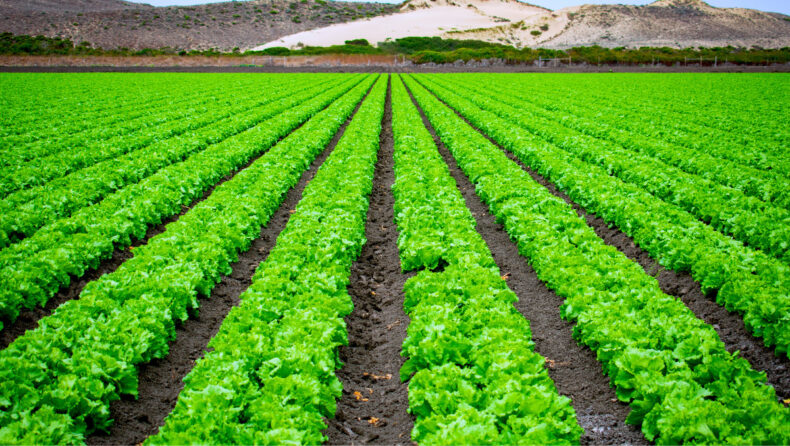Plants are crucial for the survival of man not just on earth, but in outer space as well. Astronauts hem themselves in a bijou space shuttle and stay the course expediting scientific reforms for several years. The need for growing plants in space arose from the scarce resources of food available in deep space and thus the restrictions on longer stays.

In an interview with media sources, NASA astronaut Daniel Tani on his return after four months of space expedition in 2008 talked about how he wanted to put food on a plate and eat a variety of things together as he couldn’t manage to do that in space due to gravity and lack of food options.
Astronauts do not have the luxury to enjoy different kinds of spices and delicacies in outer space. They have very limited amount of food options that consist of snacks and thermo-stabilised or freeze-dried entrees that can be disposed-off easily.
But these vitamins and minerals supplements can’t be substituted for healthy nutritional food. Presently, the cost incurred for delivering food at the International Space Station (ISS) is approximately USD$20,000-40,000/kg. A portion of 1.8kg of food is set aside for every crew member. The budget will rise with the expenses that consist of food resupply, the distance between the shuttle and earth and the time duration astronauts will have to spend in space. It is estimated that a trip to Mars will require an amount of 10,000-11,000kgs of food.
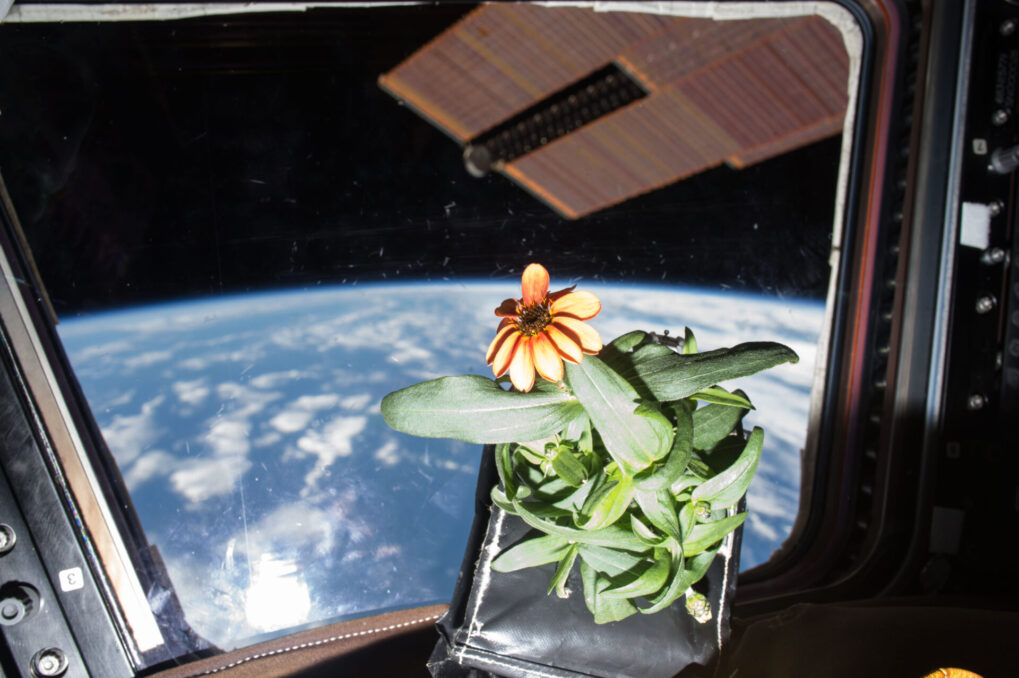
Plants and their Survival Skills in Outer Space
Scientists started exploring new possibilities to ensure the scope of biodiversity in space as they realised that they wanted to expand and extend their research and stay alongside the cosmos to study the plant growth enigma.
In case you’re wondering if plants can grow in a vacuum. Yes, they can. The International Space Station astronauts were able to successfully get the taste of the first space-grown salad called ‘red romaine lettuce’ on August 10, 2015.
Scientists around the world have been fascinated by the potential the plants have shown in outer space. Interestingly, plants can produce oxygen by absorbing carbon dioxide and can help maintain the humidity of the crew chambers. The ISS was quick to score big in this subject matter as it had already conducted 20 experiments relating to plant growth till the 2010s.
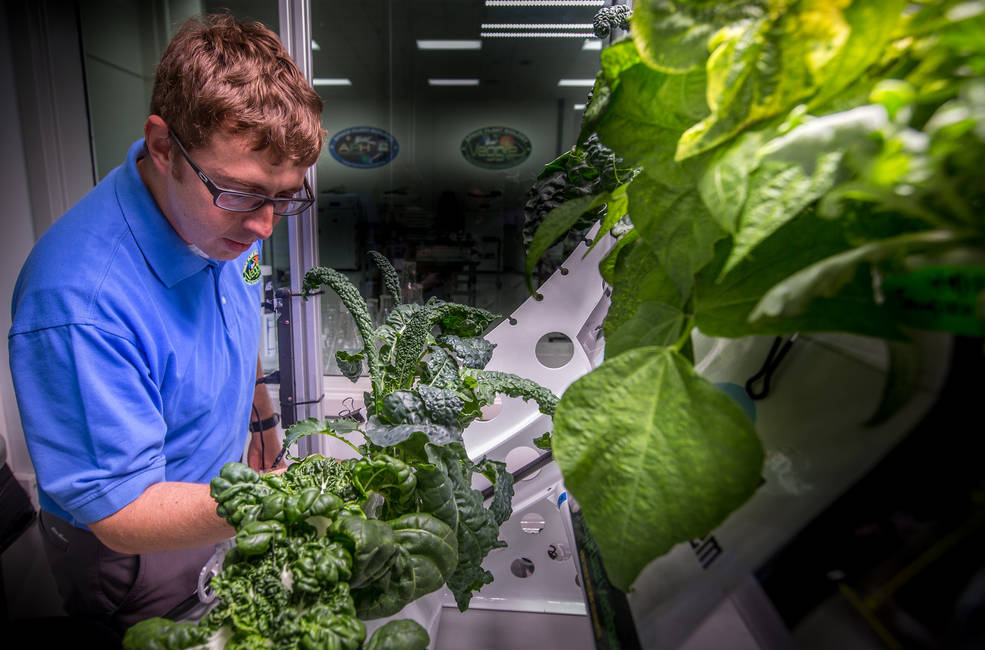
Difficulties of Planting Plants in Outer Space
Planting seeds in outer space becomes a difficult task for farming astronomers due to space’s unaccommodating nature and unusual environment. When we grow plants under sunlight, with proper facilities of water and fertile soil, the plant manages to spread its roots under the ground because of the scientific component called gravity that pulls it downwards and it grows naturally in its preferred habitat.
However, the same survival skills are jeopardized when they are provided an uncertain and uncommon environment, and the presence of foreign components such as microgravity, light, obscure gases and artificially managed soil conditions only makes it harder for them to grow in space.
In absence of gravity, things can go awry for plants and the astronomers who grow them in space. Can you imagine a plant floating in space with its roots swelling out in all directions? Sounds bizarre right? But the NASA engineers and former astronauts Steve Swanson and Rick Mastracchio had an unbelievable idea and they made it possible that plants can grow in space as well. They invented a ‘space gardening’ system called Veggie to propagate the growth of plants in no-gravity zone.
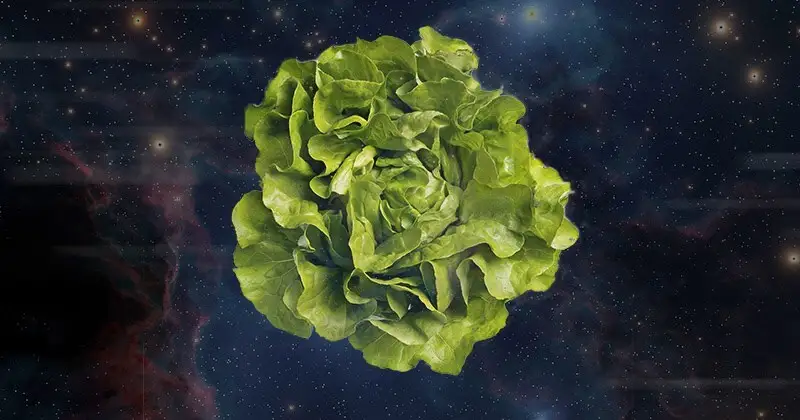
NASA’s Space Garden Veggie: A Home to Plants
The Vegetable Production System, also called Veggie, is responsible for helping scientists discover secrets of plant growth and draw similarities between the ones grown on Earth and the ones given life in outer space. Veggie also makes sure that the crew members are staying fit both mentally and physically.
The presence of plants in the space station can significantly affect the mood and diet of astronauts. The veggie garden can handle the weight of six plants. In a paper published by NASA, we found the specifications about how exactly the veggie garden functions.
A clay-based growth media and fertilizer support the development of plants that are stored inside a pillow. The role of this pillow is to transport air, necessary nutrients and water in sufficient quantities across the plant roots, maintaining a viable environment apt for their growth.
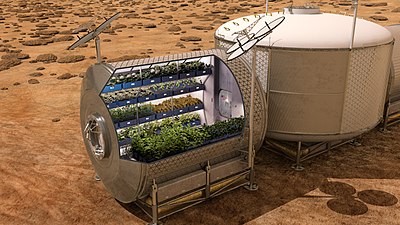
In space, fluids tend to create bubbles and if the proper instructions about veggie gardening are not followed then it can cause an imbalance between the essential requirements of plants.
How do Plants grow in Space without Sunlight?
The Astronauts have successfully grown various kinds of peas, sunflowers, radishes, zinnias and lettuce in outer space according to reports by a US space agency- the National Aeronautics and Space Administration.
In outer space, plants rely on other substitutes for light. They receive ample light that is required for their growth from a source called Light emitting diodes (LEDs). The Veggie garden emits magenta-pink light due to the propensity of plants where they biasedly emit green light and lean towards the frequencies of colors blue and red.







